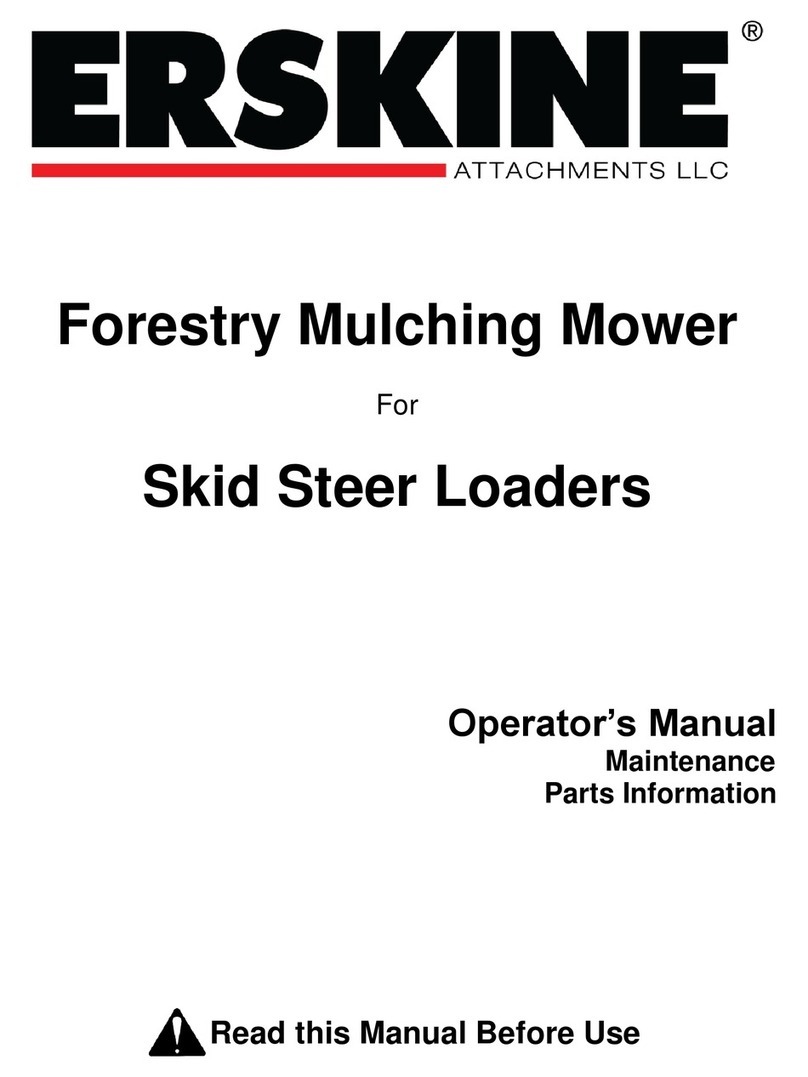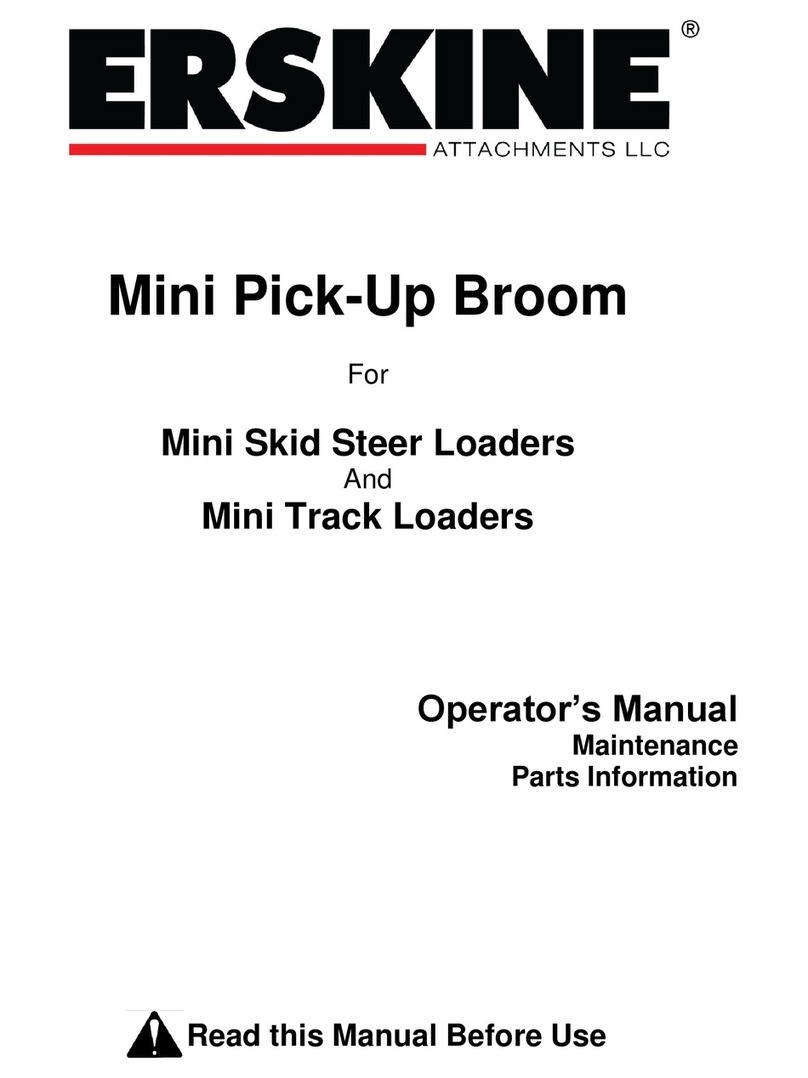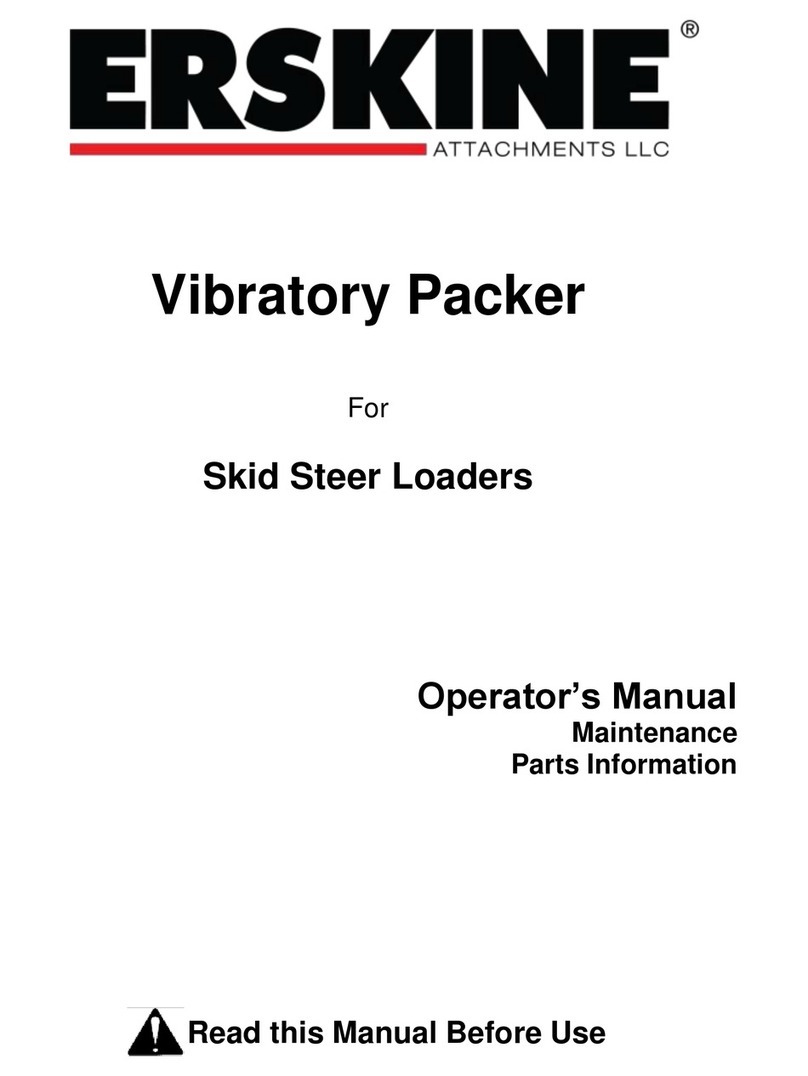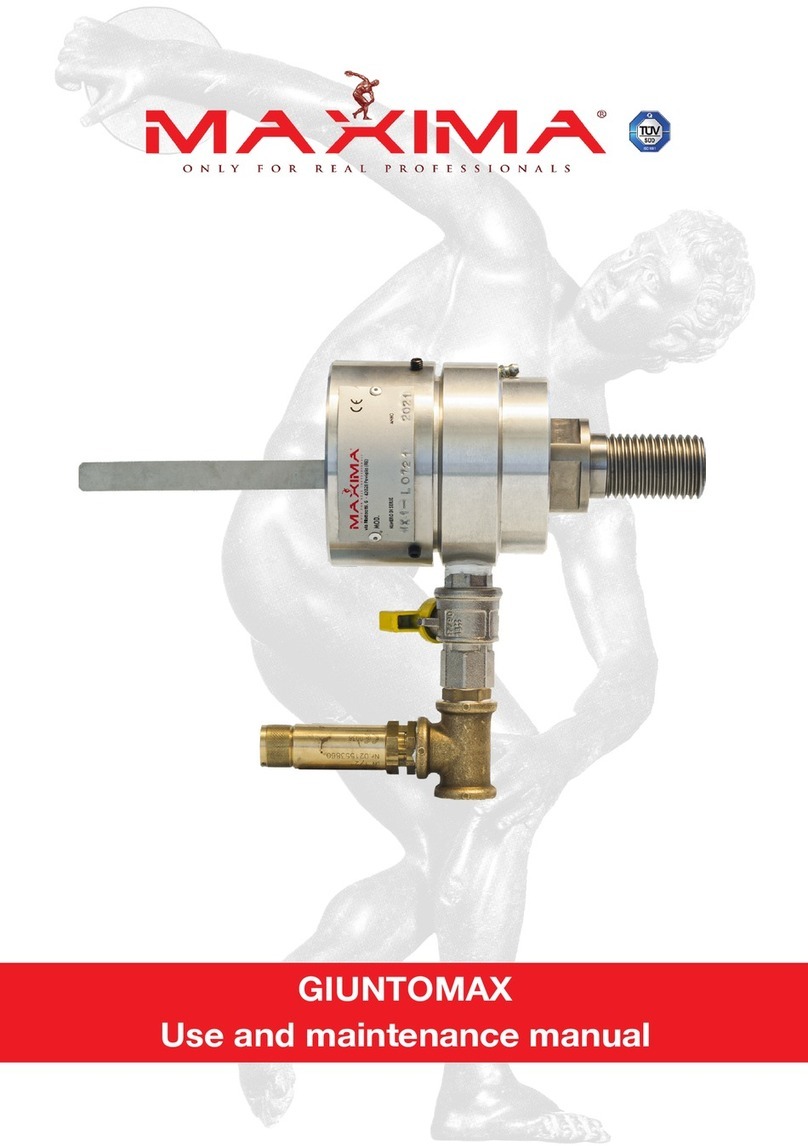WARNING Operatingpressure
If the maximum operating pressure for the
hydraulic machine is exceeded, the accumulator
can be over charged which can result in material
damage and personal injury.
►Always run the hydraulic machine with thecorrect
operating pressure. See "Technical data".
WARNING Dust and fume hazard Dusts
and/or fumes generated or dispersed when using
themachinemaycauseseriousandpermanent
respiratorydisease,illness, orotherbodilyinjury(for
example, silicosis or other irreversible lung disease
that can be fatal, cancer, birth defects, and/or skin
inflammation).
Some dusts and fumes created by drilling,
breaking, hammering, sawing, grinding and other
construction activities contain substances known to
the State of California and other authorities to
cause respiratory disease, cancer, birth defects,
or other reproductive harm. Some examples of
such substances are:
>
Crystalline silica, cement, and other masonry
products.
>
Arsenic and chromium from chemically-treated
rubber.
>
Lead from lead-based paints.
Dust and fumes in the air can be invisible to the
naked eye, so do not rely on eye sight to determine
if there is dust or fumes in the air.
To reduce the risk of exposure to dust and fumes,
do all of the following:
►Perform site-specific risk assessment. The risk
assessmentshouldincludedustandfumescreated
by the use of the machine and the potential for
disturbing existing dust.
►Use proper engineering controls to minimize the
amount of dust and fumes in the air and to
minimize build-up on equipment, surfaces,
clothing, and body parts. Examples of controls
include: exhaust ventilation and dust collection
systems, water sprays, and wet drilling. Control
dusts and fumes at the source where possible.
Make sure that controls are properly installed,
maintained and correctly used.
►Wear, maintain and correctly use respiratory
protection as instructed by your employer and as
required by occupational health and safety
regulations. The respiratory protection must be
effective for the type of substance at issue (and if
applicable, approved by relevant governmental
authority).
►Work in a well-ventilated area.
►If the machine has an exhaust, direct the exhaust
so as to reduce disturbance of dust in a dust filled
environment.
►Operate and maintain the machine as
recommended in the operating and safety
instructions
►Select, maintain and replace consumables/
inserted tools/ other accessory as recommended
in the operating and safety instructions. Incorrect
selection or lack of maintenance of consumables/
inserted tools/ other accessories may cause an
unnecessary increase in dust or fumes.
►Wear washable or disposable protective clothes
at the worksite, and shower and change into
clean clothes before leaving the worksite to
reduce exposure of dust and fumes to yourself,
other persons, cars, homes, and other areas.
►Avoid eating, drinking, and using tobacco
products in areas where there is dust or fumes.
►Wash your hands and face thoroughly as soon as
possible upon leaving the exposure area, and
always before eating, drinking, using tobacco
products, or making contact with other persons.
►Comply with all applicable laws and regulations,
including occupational health and safety
regulations.
►Participate in air monitoring, medical examination
programs, and health and safety training
programs provided by your employer or trade
organizations and in accordance with
occupational health and safety regulations and
recommendations. Consult with physicians
experienced with relevant occupational medicine.
►Work with your employer and trade organization
to reduce dust and fume exposure at the
worksite andtoreducetherisks.Effectivehealth
andsafety programs, policies and procedures for
protecting workers and others against harmful
exposure to dust and fumes should be
established and implemented based on advice
from health and safetyexperts.Consultwith
experts.
►Residuesofhazardoussubstancesonthemachine
canbe arisk. Beforeundertakinganymaintenance
on the machine clean it thoroughly.
WARNING Electric shock
Thehydraulicbreakerisnotinsulatedagainstelectric
current. If the hydraulic breaker come in contact
with electric circuits or other electrical power
sources, there is a risk of severe injury or death.
►Never work in the proximity of electric circuits or
other electrical power sources.
►Make sure there are no hidden electric circuits in
your working area.
































